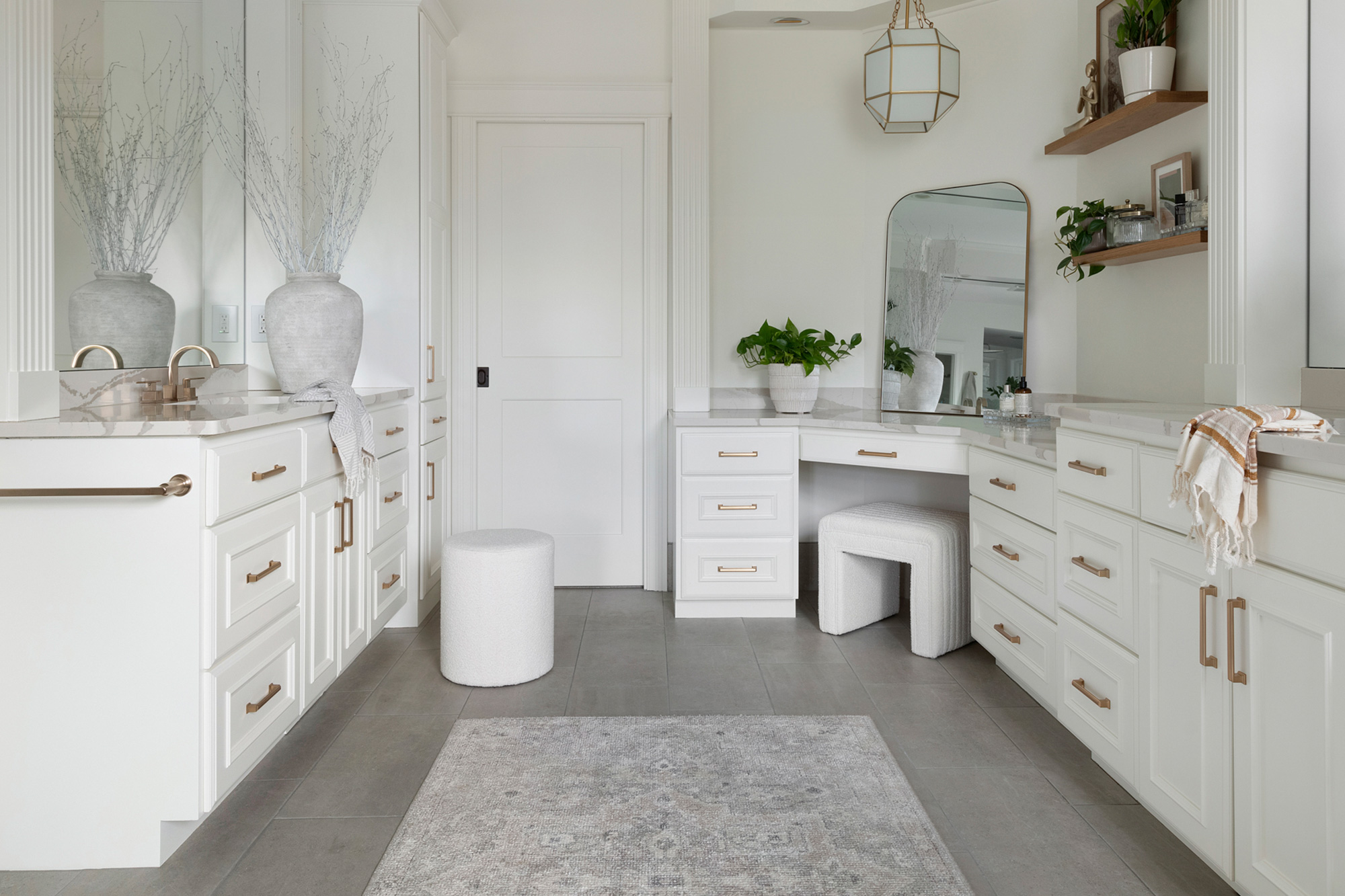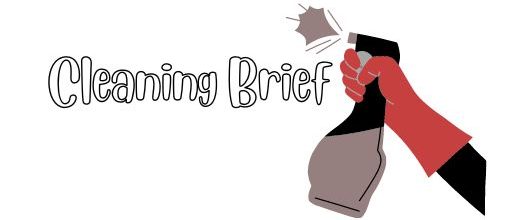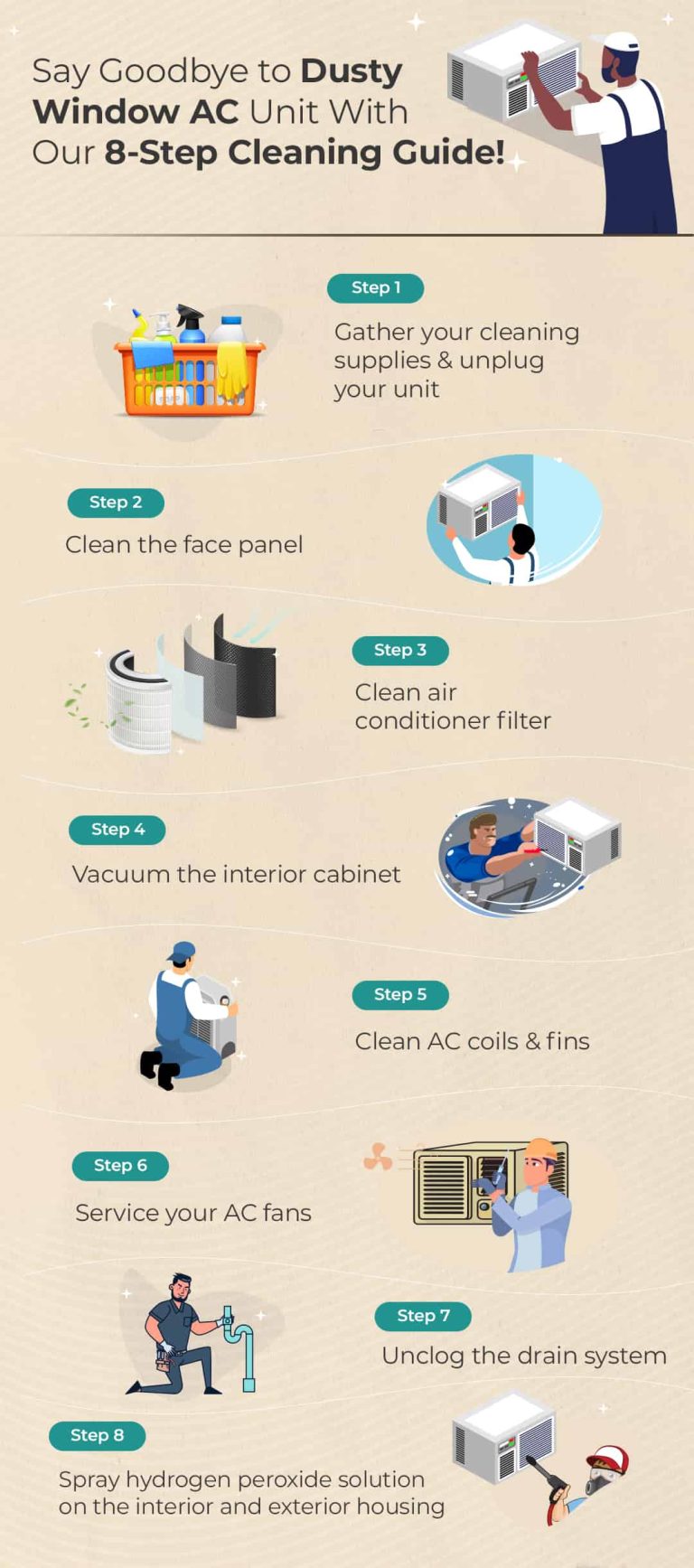How to Effortlessly Clean Mold off Bathroom Ceiling: Expert Tips
To clean mold off the ceiling in the bathroom, mix equal parts of water and vinegar in a spray bottle, then spray the affected area and scrub it with a brush or sponge. Rinse the area with clean water and dry it thoroughly.
Dealing with mold on the ceiling in your bathroom can be a troublesome and potentially hazardous task. Not only does mold look unsightly, but it can also cause allergies and respiratory issues if left unaddressed. However, with the right approach and a few simple steps, you can effectively clean mold off your bathroom ceiling.
This article will provide you with a concise guide to removing mold and restoring the cleanliness of your bathroom ceiling. By following these steps, you can create a safe and healthy environment in your bathroom once again.

Credit: moldremediation.io
Understanding The Importance Of Removing Mold
Mold removal is essential for maintaining a healthy environment in your home. Cleaning mold off the ceiling in the bathroom can be done by using a mixture of water and vinegar, or with a mold removal product. Ensuring that the bathroom is properly ventilated will also help prevent mold growth.
Mold is not only unsightly; it can also pose serious health risks and diminish the value of your property. Taking the necessary steps to clean and remove mold from your bathroom ceiling is crucial in maintaining a clean and healthy living environment.
Health Risks Of Mold
Mold may trigger allergies and respiratory issues: The presence of mold in your bathroom can cause allergies to flare up and worsen respiratory conditions such as asthma. Breathing in mold spores can be especially harmful to individuals with weakened immune systems, young children, and the elderly.
Mold may cause infections: Certain types of mold, such as black mold, produce toxins that can cause infections when they enter the body. These infections can lead to a range of symptoms, including difficulty breathing, coughing, and skin rashes.
Mold can exacerbate existing health problems: If you or a family member already suffer from respiratory issues, the presence of mold in your bathroom can make these problems much worse. Chronic coughing, wheezing, and sinus congestion are just a few of the potential consequences.
Effects On Property Value
Mold affects the aesthetic appeal of your home: The presence of mold on the bathroom ceiling is not only unattractive but can also make potential buyers hesitant about purchasing your property. Unsightly stains and discoloration caused by mold can give the impression of poor maintenance and neglect.
Mold can lead to structural damage: If left untreated, mold can invade the structure of your ceiling, weakening it over time. This could result in costly repairs that significantly reduce the value of your home.
Mold may indicate underlying issues: Mold growth in the bathroom can be a sign of water leaks, poor ventilation, or condensation problems. These issues not only contribute to the growth of mold but can also cause damage to other areas of your property, further decreasing its value.
Mold can hinder the resale process: When selling your home, a professional inspection will likely reveal any mold issues. Having to rectify these problems before selling can delay the process and detract from potential buyers’ interest.
Overall, the importance of removing mold from your bathroom ceiling cannot be overstated. By eliminating health risks, protecting the structural integrity of your property, and preserving its value, you can create a safe and inviting space for yourself and future buyers.
Identifying The Causes Of Mold Growth
Identifying the causes of mold growth is essential for effectively cleaning mold off the ceiling in the bathroom. By understanding the factors that contribute to mold growth, such as high humidity, poor ventilation, and water leaks, you can take proactive steps to prevent its recurrence and ensure a clean and healthy bathroom environment.
Excess Moisture And Humidity
Moisture and humidity are common culprits when it comes to mold growth on your bathroom ceiling. Bathrooms are often prone to this problem due to their damp and enclosed nature. Excess moisture can come from various sources, such as steam from hot showers, leaks, or even splashes of water. High humidity levels, combined with poor ventilation, create the perfect breeding ground for mold spores to thrive. To combat this issue, it’s crucial to address any sources of moisture and humidity in your bathroom. Here are some steps you can take to minimize these factors:- Regularly clean and dry the shower area: After each use, wipe down the shower walls, tiles, and bathroom fixtures to prevent accumulation of moisture. Ensuring sufficient ventilation in your bathroom will help with the drying process.
- Fix any leaks promptly: Be proactive in identifying and repairing any leaks or water drips in your bathroom. Check for signs of water damage on the ceiling or walls, and don’t neglect small leaks as they can lead to bigger problems over time.
- Open windows and use exhaust fans: Proper ventilation is crucial to reducing moisture and humidity levels. Open windows whenever possible to allow fresh air circulation. Additionally, consider installing and using exhaust fans to draw out excess moisture, especially during and after showers.
- Use a dehumidifier: If you live in a humid climate or have persistent moisture issues, investing in a dehumidifier can help maintain optimal humidity levels in your bathroom.
Poor Ventilation
Poor ventilation exacerbates the growth of mold on your bathroom ceiling. When ventilation is inadequate, moisture becomes trapped, creating an ideal environment for mold spores to multiply. Lack of proper airflow allows moisture to linger, leading to damp surfaces and a higher risk of mold growth. To improve ventilation in your bathroom, consider the following steps:- Ensure your bathroom has windows that can be opened: Windows provide an easy and natural way to ventilate the space. Open them whenever possible to allow fresh air to circulate and expel moisture.
- Install and use an exhaust fan: Exhaust fans are specifically designed to remove excess moisture and odors from the bathroom. Make sure your bathroom is equipped with a properly-sized fan and use it during and after showers to expel humid air.
- Keep bathroom doors open: Leaving the bathroom door ajar allows for better air circulation, preventing moisture from becoming trapped.
- Consider removing or reducing obstructions: Move any furniture, items, or decorations that may obstruct the airflow within your bathroom. This will allow air to move freely, preventing stagnant pockets of moisture.
Preventive Measures To Avoid Mold
Preventive measures can help you avoid the growth of mold on your bathroom ceiling. By taking proactive steps, you can keep your bathroom clean and mold-free, creating a healthier environment for you and your family. Here are some important preventive measures to consider:
Proper Ventilation
Proper ventilation is crucial in preventing mold growth in your bathroom. Ensure that your bathroom has a functioning exhaust fan or a window that can be opened to allow for adequate airflow. Ventilation helps to reduce moisture levels, which are essential for mold growth.
Regular Cleaning And Maintenance
Regular cleaning and maintenance can go a long way in preventing mold from taking hold on your bathroom ceiling. Wipe down the ceiling regularly with a mildew-resistant cleaner and keep an eye out for any signs of mold. Additionally, fix any water leaks or plumbing issues promptly to prevent moisture buildup.

Credit: creativehomemaking.com
Step-by-step Process To Clean Mold
Dealing with mold in your bathroom can be a frustrating and potentially hazardous situation. However, with the right tools and a step-by-step process, you can effectively clean mold off the ceiling and prevent it from coming back. In this guide, we will walk you through each stage of the cleaning process, from gathering the necessary supplies to applying cleaning solutions and ensuring a mold-free environment.
Gathering Necessary Supplies
To clean mold off the ceiling in your bathroom, you will need a few essential supplies. Gather these items before you begin the cleaning process:
Supplies Quantity Mold removal cleaner or bleach 1 bottle Protective gloves 1 pair Face mask 1 Sponge or scrub brush 1 Hot water As needed Clean cloth or towel 1 Application Of Cleaning Solutions
Once you have gathered the necessary supplies, it’s time to apply the cleaning solution to remove the mold. Follow these steps:
- Prepare the area: Open any windows or doors for ventilation and cover the floor with a drop cloth or plastic sheet to protect it from overspray.
- Put on protective gear: Put on your gloves and a face mask to protect yourself from the potential health hazards of mold spores.
- Mix the cleaning solution: Follow the instructions on the mold removal cleaner bottle or mix a solution of 1 part bleach to 3 parts water. Ensure proper ventilation when working with bleach.
- Apply the cleaning solution: Dip a sponge or scrub brush into the cleaning solution and gently scrub the affected area, ensuring you cover the entire mold-infested section.
- Rinse with hot water: Rinse off the cleaning solution with hot water to remove any residue and lingering mold.
- Dry the ceiling: Use a clean cloth or towel to dry the ceiling thoroughly. Properly ventilate the bathroom to minimize moisture and prevent mold regrowth.
By following these step-by-step instructions, you can effectively clean mold off the ceiling in your bathroom and create a healthier environment. Remember to regularly inspect the bathroom for any signs of mold growth to address the issue promptly and prevent further damage. A clean and mold-free bathroom not only promotes hygiene but also enhances the overall appeal of your home.
Tips For Long-term Mold Prevention
Use Of Mold-resistant Paint
Mold-resistant paint is an effective tool in preventing the growth and spread of mold in your bathroom ceiling. This type of paint contains additives that inhibit mold growth, creating a protective barrier against future infestations.
To utilize mold-resistant paint:
- Ensure the affected area is properly cleaned and dried before applying the paint.
- Apply the first coat of mold-resistant paint, following the manufacturer’s instructions regarding drying time.
- Once dry, apply a second coat for added protection.
- Remember to choose a mold-resistant paint color that complements your bathroom decor.
- Regularly inspect the painted ceiling for any signs of moisture or mold, and take immediate action if any issues arise.
Regular Inspection And Maintenance
Regular inspections and maintenance are key to long-term mold prevention in your bathroom. By implementing a routine, you can identify and address any potential mold problems before they become major issues.
Here is a simple checklist for regular inspection and maintenance:
- Check the bathroom ceiling and surrounding areas for any signs of moisture, such as water stains or discoloration.
- Ensure that the bathroom exhaust fan is functioning properly and effectively removing moisture from the room. If necessary, clean or replace the fan to maintain optimal performance.
- Inspect caulking around the shower or bathtub to ensure it is intact and free from cracks or gaps. Replace or repair any damaged caulk promptly.
- Keep the bathroom well-ventilated by opening windows or using a dehumidifier.
- Regularly clean bathroom surfaces, including the ceiling, using mold-inhibiting cleaners.

Credit: www.kilz.com
Frequently Asked Questions Of How To Clean Mold Off Ceiling In Bathroom
Q: How Do I Clean Mold Off The Bathroom Ceiling?
A: To clean mold off the bathroom ceiling, start by wearing protective gear, such as gloves and goggles. Mix equal parts of water and vinegar in a spray bottle and apply it to the affected area. Let it sit for a few minutes, then scrub with a brush or sponge.
Rinse with water and dry thoroughly.
Q: What Causes Mold On The Bathroom Ceiling?
A: Mold on the bathroom ceiling is usually caused by excessive moisture and poor ventilation. When warm, humid air comes in contact with a cool surface, condensation forms, creating a breeding ground for mold spores. This can be exacerbated by activities like showering, which releases moisture into the air.
Q: How Can I Prevent Mold From Returning To The Bathroom Ceiling?
A: To prevent mold from returning to the bathroom ceiling, ensure proper ventilation by using exhaust fans or opening windows during and after hot showers. Keep the bathroom dry by wiping down surfaces regularly and fixing any leaks or plumbing issues.
Use mold-resistant paint or add a dehumidifier if necessary.
Q: Is Mold On The Bathroom Ceiling Dangerous?
A: Mold on the bathroom ceiling can pose health risks, especially for individuals with respiratory conditions, allergies, or weakened immune systems. Breathing in mold spores can cause symptoms like coughing, sneezing, and respiratory irritation. Taking prompt action to remove mold and prevent its growth is essential for a healthy indoor environment.
Conclusion
Cleaning mold off the ceiling in your bathroom is important for the health and wellbeing of your family. By following the methods and tips shared in this blog post, you can effectively remove mold and prevent it from coming back.
Regular maintenance and proper ventilation are key to keeping your bathroom mold-free. Remember to take necessary precautions and seek professional help if needed. Keep your bathroom clean and mold-free for a healthier living environment.



